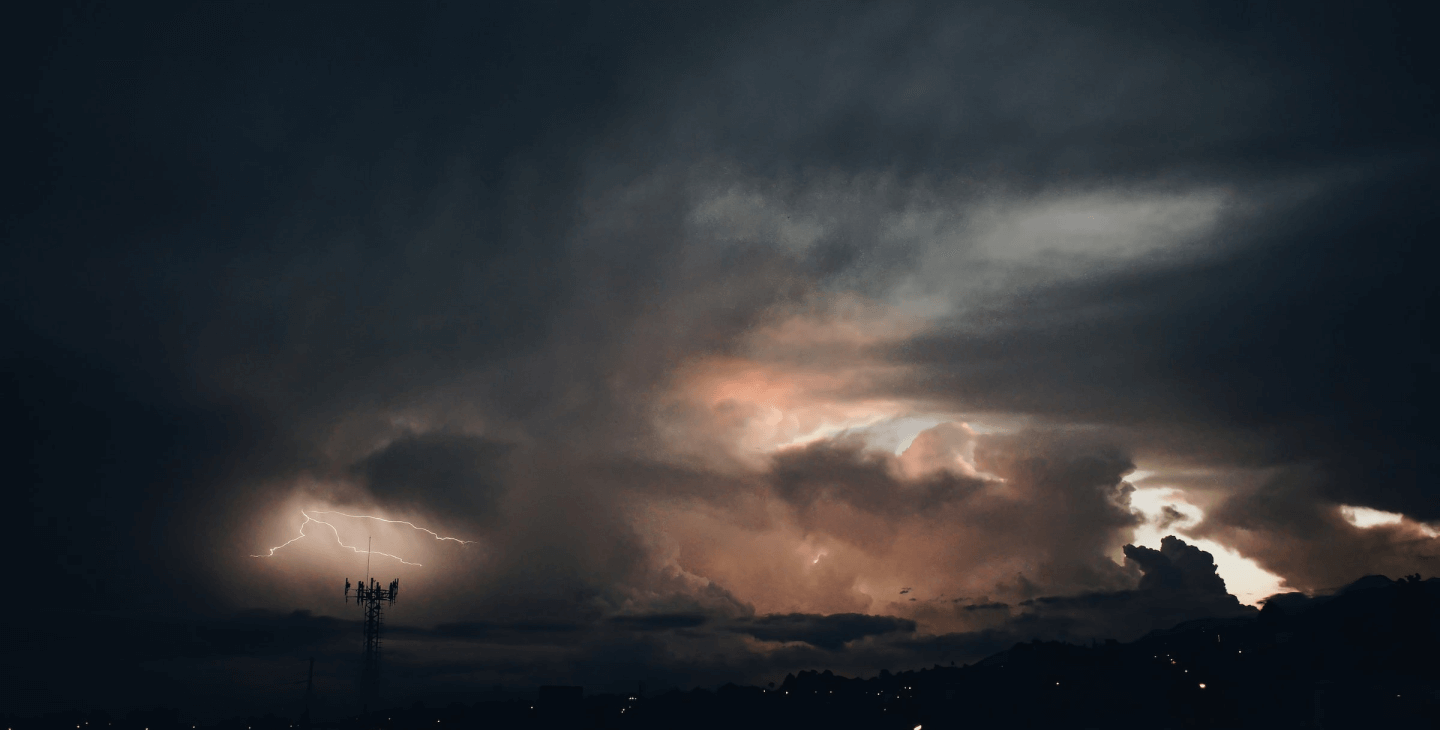Seeing Beyond the Flames: Latitudo 40’s Vision for Climate-Resilient Communities

15 October 2025
Marco Santeusanio, marketing specialist at LATITUDO40
As climate change intensifies, the frequency and impact of extreme natural events such as wildfires, floods, and heatwaves are dramatically increasing. Every year, more people, infrastructures, and ecosystems are exposed to climate-driven hazards.
Since its foundation in 2017, Latitudo 40, an Italian company at the forefront of Earth Observation (EO) for urban and environmental resilience, has been analysing these dynamics to help communities prepare for and respond to climate risks.
This expertise has led Latitudo 40 to join the TEMA project, a European initiative that, through an intelligent and data-driven mobile application, seeks to improve real-time situational awareness, communication, and decision-making during disasters.
Within the project, TEMA is developing a layered data infrastructure, where each partner contributes a specific “capsule” of knowledge and technology. These capsules interact with each other, forming a connected network capable of dynamically sharing and processing information. In this framework, Latitudo 40 plays a key role by developing two core components of the data-sharing ecosystem.
The first is the so-called system “gateway”, a module designed to collect and harmonise data from different sources. Acting as a bridge between multiple software blocks, it ensures that input and output dependencies are properly managed and that all relevant information is exchanged seamlessly across the TEMA architecture by processing primary data from the shared common database. This foundation enables consistent, interoperable data flows that are essential for accurate risk modelling and early warning.
The second innovation, the Geovisual component, transforms imagery into actionable intelligence. By analysing aerial images, this module geolocates active wildfires, examines the surrounding area, and classifies buildings according to their level of exposure and vulnerability. Initially, it applies a proximity-based risk assessment—low, medium, or high—based on the distance from the fire. It then enriches this analysis by considering building typology and criticality, identifying sensitive sites such as crowded areas (schools, universities, hospitals) and critical infrastructures like bridges and fire stations.
All this information is integrated into the SmartDesk platform, where sensitive structures are visually highlighted and categorised through intuitive icons. This user-friendly visualisation enables civil protection officers to quickly understand where the highest risks are and to allocate resources more effectively.
By embedding this capability within the TEMA ecosystem, Latitudo 40 contributes to building a next-generation climate intelligence system—one that combines Earth Observation, AI, and geospatial analytics to improve disaster response and protect communities.
Through its work on TEMA, Latitudo 40 demonstrates how innovation in Earth Observation directly supports ESG goals: environmental sustainability, social safety, and transparent governance through data. From satellite to city, from pixels to people, technology becomes a crucial ally in shaping a more sustainable future.

